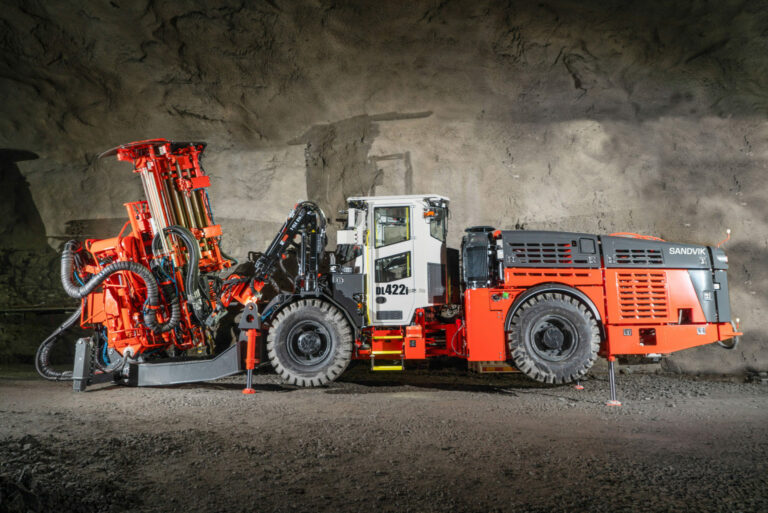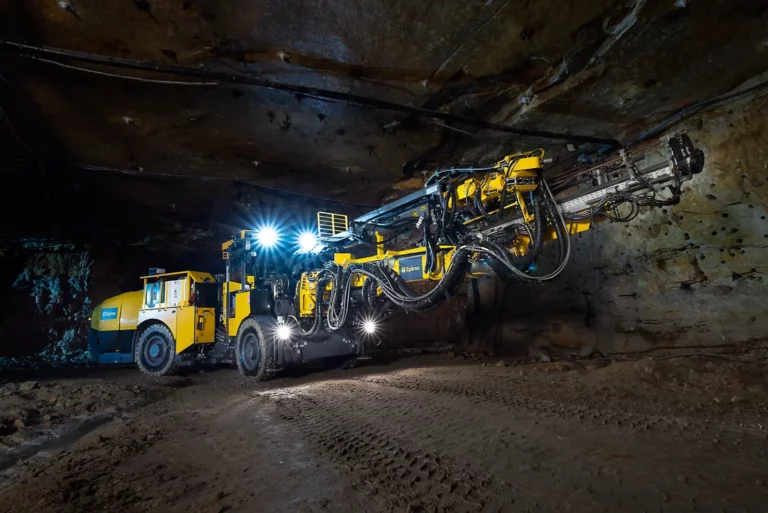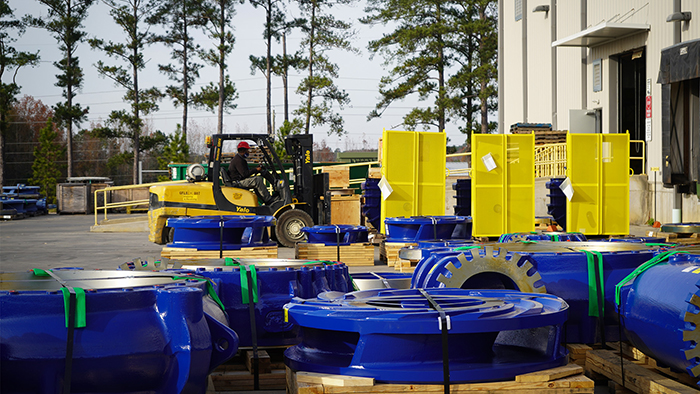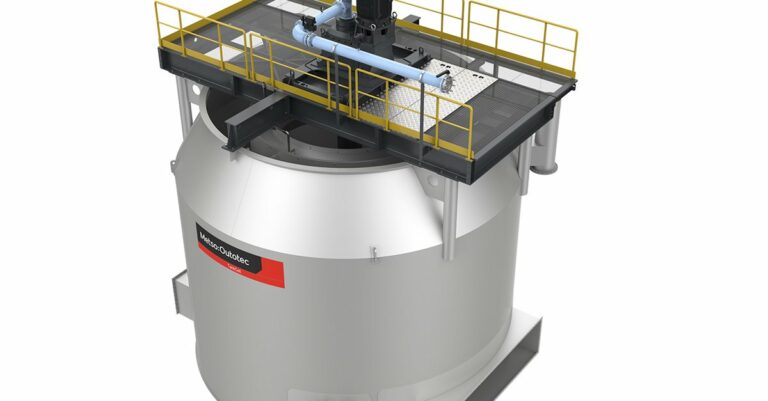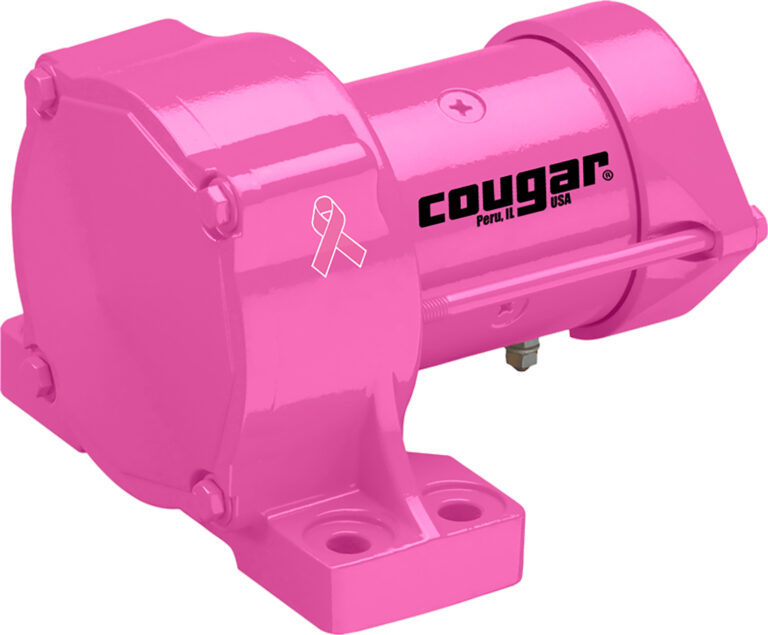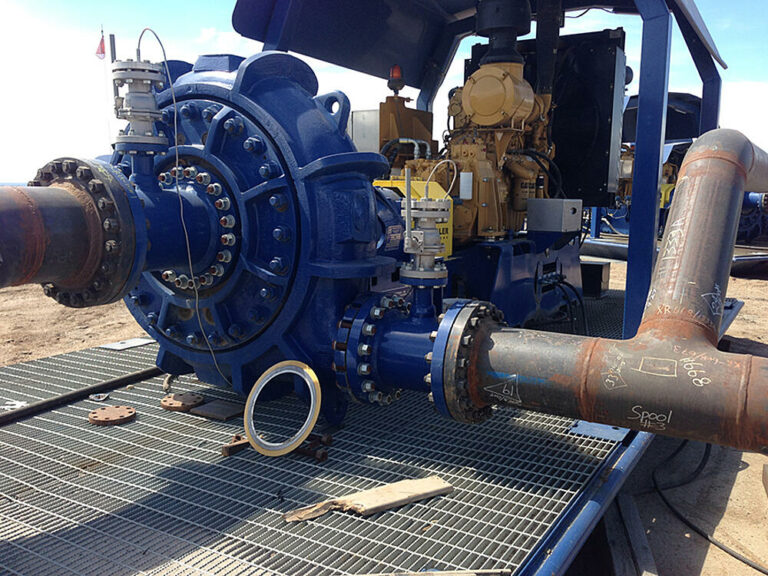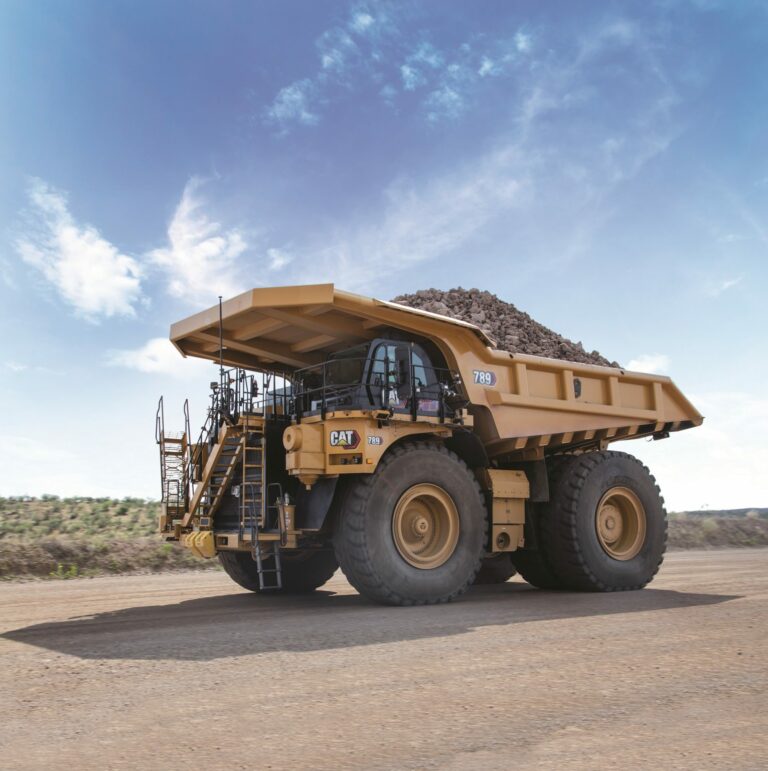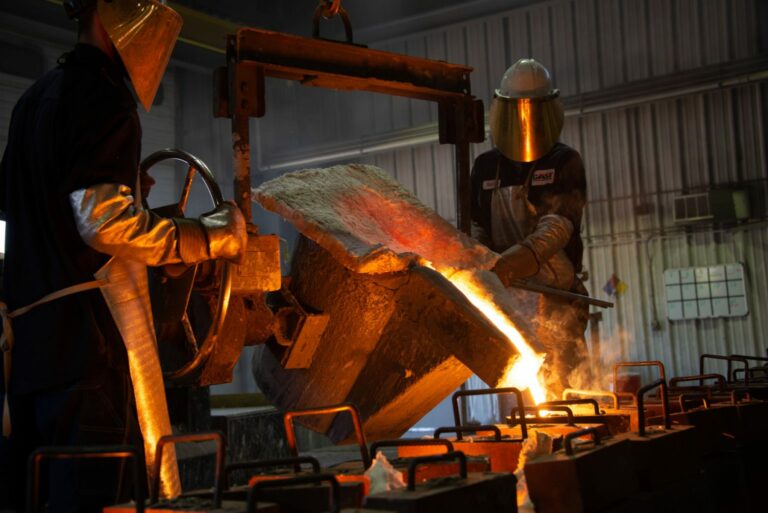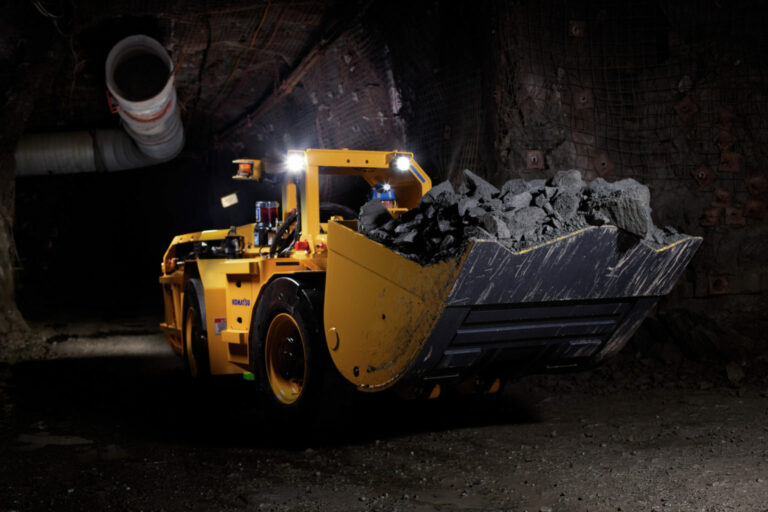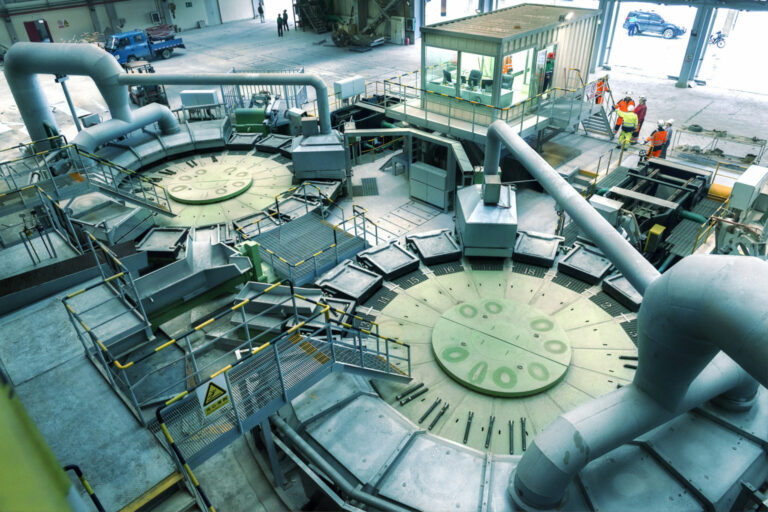Following the launch of the Sandvik DL422i battery electric drill in 2021, Sandvik Mining and Rock Solutions has now introduced its diesel counterpart, designed for underground mass mining in 4 by 4 metre or larger production drifts. The new drill offers the same productivity, reliability and high utilization as its BEV counterpart for operations with challenging site conditions that are not optimized for a battery electric fleet.
“The new DL422i expands our i-series longhole production drill offering with a traditional diesel engine layout and begins to take over the workload of its renowned predecessor, Sandvik DL421.” says Sami Anttila, product line manager, longhole production drilling.
Sandvik DL422i prioritizes automated operations, fleet connectivity, availability of data and improved hole accuracy, supported by Sandvik’s technical support and operator training for an improved user experience. Automated operations over shift changes enable up to 20% increased productivity and up to 10% more drilled meters in a shift.
Enabling digitalization
Sandvik DL422i is a highly automated drill within Sandvik’s i-series underground drilling offering, with options for both automation and teleremote operation. It is compatible with Sandvik’s Platinum level automation package, which includes one-hole and fan automation, automatic boom repositioning to the next hole, automatic stinger control, drill plan and as-drilled data management (WLAN), plus connectivity to My Sandvik remote monitoring and Sandvik DrillConnect mobile application. Later in 2022, Sandvik DL422i will also be compatible with Sandvik’s teleremote drilling and tramming offering, expanding remote control from single to multiple units from a single console.
In operations with low or zero mine network connectivity, Sandvik DrillConnect mobile application can be utilized for easy and smooth drill plan transfer, comprehensive data collection and intelligent troubleshooting.
Sandvik DL422i is designed to provide maximum productivity and safety and has been developed with the future of mining in mind. The control system platform allows for new technology implementation during the product lifetime, while teleremote and automated drilling allows for unmanned operation through shift changes and breaks, increasing fleet utilization.
The powerful HF1560ST rock drill offers improved energy transfer and stability with high penetration rates and drilling capacity.
Sandvik’s new i-class cabin provides a safer and more comfortable working environment, with improved visibility in operation, reduced sound levels during drilling, adjustable drilling control panel and multi-purpose seat with back and head support. Swing out frames provide easy, safe and fast access to the main components from ground level.
For more information, visit www.rocktechnology.sandvik/en.


